Poster: “Picasso and the Spanish modernity”
“Dora” by Beatrice Brandini
Situated in Florence’s Palazzo Strozzi, there is an interesting exhibition devoted to Picasso: “Picasso and the Spanish modernity.” Talk about Picasso is too easy (or difficult, depending on the views and expectations that you have), certainly is a risk of trivializing a very complex figure.
Pablo Picasso: “All children are born artists, the difficulty is in remaining so when adult”
The Florence exhibition brings together the great Spanish master with other, as Miro’, Salvador Dali’, Juan Gris, Julio Gonzalez, etc.., Comparing their works and their influences, their research, the relationship with the history. In this exhibition you can admire some of the most famous masterpieces by Picasso, as the Portrait of Dora Maar, the Horsehead and the Painter and model and most importantly (to me beautiful!) preparatory drawings studied and used for one of the most great masterpieces of art of all time: Guernica.
Picasso: “The Painter and the Model”, 1963, Collection of the Museo Nacional Centro de Arte Reina Sofia, Madrid.
Salvador Dali ‘”Arlecchino”, 1927 Collection of the Museo Nacional Centro de Arte Reina Sofia, Madrid
In the works of Picasso there is so much, there’s more … there is eroticism, positivity and radiance Catalan, but also the darkness of the human tragedy, the inner turmoil that will never leave the artist.
Picasso “Life”, 1903, Museum of Art, Cleveland. Blue Period
Picasso “The Family of Acrobats with Monkey,” 1905, Goteborg, Kunstmuseum. Rose Period
Picasso’s “Self Portrait”, 1907, National Gallery, Prague. Period Art Negra
Picasso’s “Les Demoiselles d’Avignon, 1907, MOMA, New York. Arte Negra and prelude of Cubism
In fact, all the artistic phases that have characterized he, the famous periods, such as Blue, Pink, Art Negra, Cubist etc.. are the result of research and relentless voice of a personal feel. The Blue Period is the hue that becomes sacred dimension and enhances the desperation of the characters represented (the suicide death of a friend in the life of the artist). The bleak mood of the previous period gives way to a more serene, represented by the Rose Period. From this period are the characters as dancers, actors, acrobats (Picasso live for the first time a major love story). The Art Negra, discovered in the second decade of the twentieth century, in which he identified the African sculpture and the one coming from the islands of Oceania, especially Polynesia, to Picasso is a return to simplicity, purity of form (which represents the period ‘antechamber of Cubism). Cubism is the search for a new perspective. Faces and bodies writhe in relation to time and space (Picasso attend artists such as Braque, studied Cézanne, which is dedicated a major retrospective after his death) ….
Picasso’s “Portrait of Olga in the Armchair,” 1917 Musée National Picasso, Paris
Picasso’s “The Dream”, 1932 Collection W.Ganz Mrs. Victor, New York.
Picasso has distorted the concept (and perception) of the artist. Before him, no artist had known his popularity, a popularity that before then was attributed only to movie stars, sports or music. Enjoyed the sympathy of the public, was shrewd merchant himself, but everything was still the result of naturalness and spontaneity. At the bottom is what made him “special.” The love for Picasso is also this (in addition to his immense talent), you recognize the flaws and frailties, goliardie and human weaknesses, but in the end “you support” for him. “What is art? If I knew, I’d look good by to tell you”. Here Picasso and his ability to taunt one’s neighbor, to tease him, thanks to the awareness of his own greatness and “power”.
Picasso’s “Portrait of Dora Maar”, 1937 Musée National Picasso, Paris.
Picasso “Françoise” e “Tete de Femme”, 1946
Very important was the role of women in his life and, consequently, in his art. In fact, to them has always devoted countless portraits, with each new love matches a new creative phase. Since the days of Fernande Olvier which is dedicated a bronze head, cubism that takes shape in sculpture. Olga Kokhlova is the return to classicism. Marie-Thérèse Walter, sensual blonde, is dormant and the Arianna series of recordings devoted to the myth of the Minotaur. Artist and photographer Dora Maar, Picasso sees in her the image of the “weeping woman”, subject exploited to painting, drawings, engravings. And again, Françoise Gilot, whose meeting will result in a fervent potter. Picasso defines the woman flower and retract hundreds of times. Finally, Jacqueline Roque, the woman sphinx, corresponding to the last stage of production from the artist.
Picasso “Portrait of Jacqueline with Flowers” 1953.
In life and art, Picasso was greedy, insatiable…, always looking for renewal, a stubborn search and criticism even to himself, that, despite the awareness of his talent, it also means questioning attitude that only the largest are able to have.
Picasso’s “Girl Before a Mirror”, 1932, MOMA, New York
Picasso was a giant, and with his artistic journey making the world more beautiful, even in a less classical and trivial. A cataclysm of art and for the whole modern society.
“Nothing can be done without loneliness. I created a loneliness that no one suspects”. Pablo Picasso
“To my misfortune, or perhaps fortunately for me, the use of such things as I want to. How sad for a painter who adores blondes do not put them in a picture because they do not go with a basket of fruit. I put everything in my paintings that I like”. Pablo Picasso
“The academic world of beauty is false. We have been deceived, but so well that we can not trace even a shadow of truth. The beauty of the Parthenon, Venuses, nymphs, Daffodils: all lies. Art is not the application of a canon of beauty but what the instinct and the brain can conceive independently of any rule/regulation”. Pablo Picasso
“I love the art, it is the only purpose of my life. All the things I do in relation to the art they offer me great joy”. Pablo Picasso
“Once I drew like Raphael, but I took a lifetime to draw like a child”. Pablo Picasso
Winter garments inspired by Picasso ….by Beatrice Brandini
Panel exhibition: Picasso “Portrait of Dora Maar”
Good life to all!
Beatrice


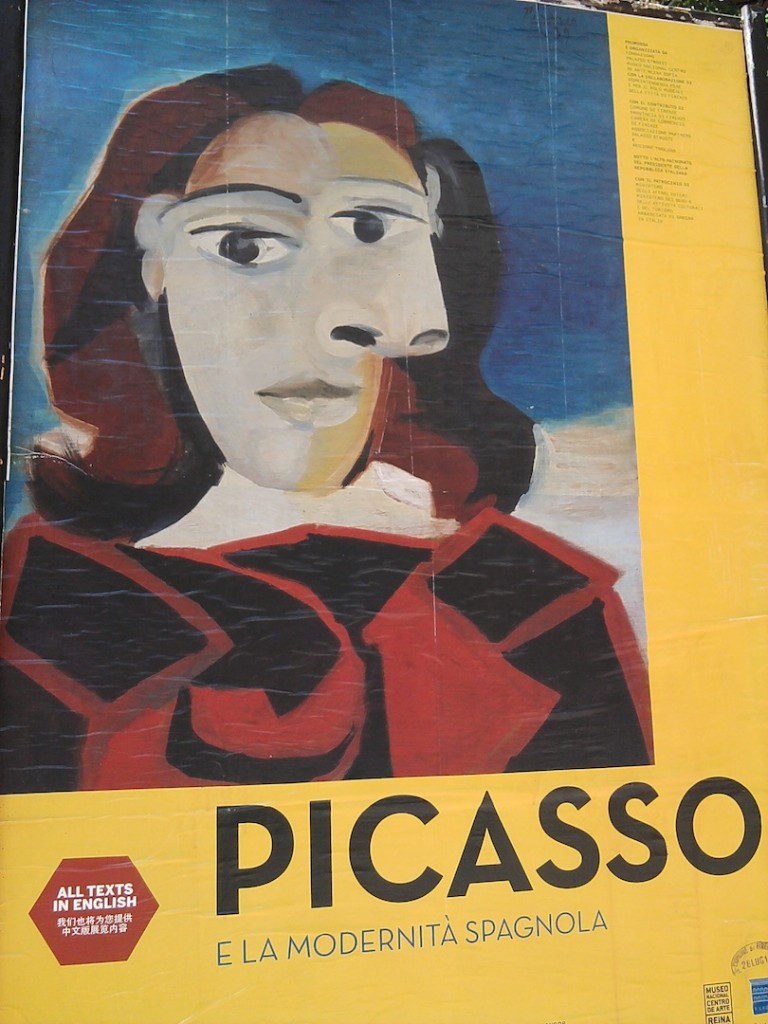
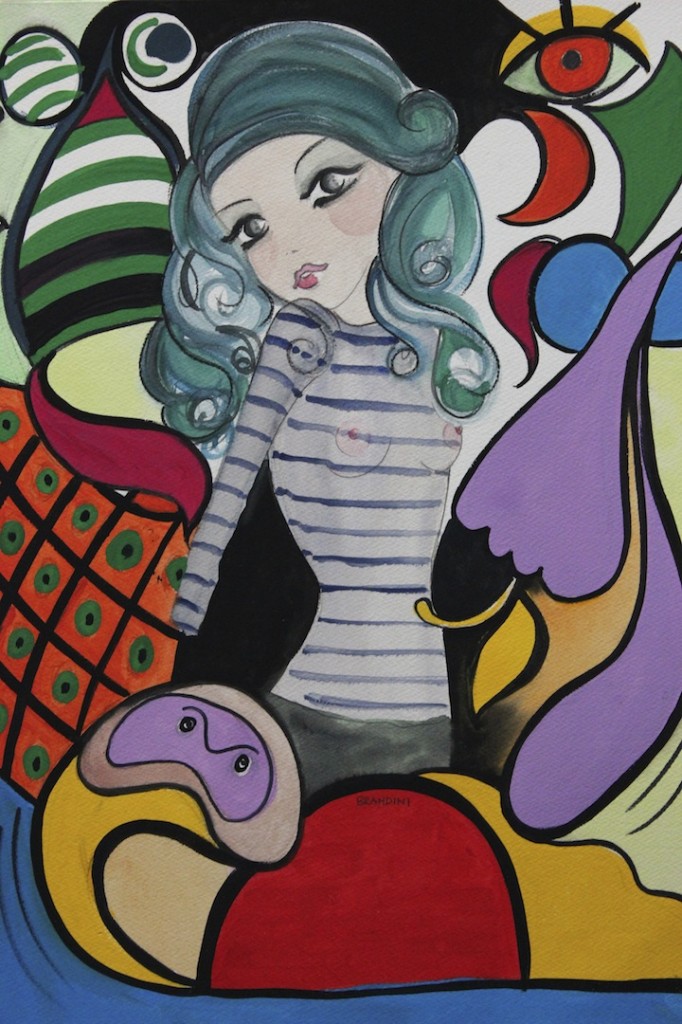
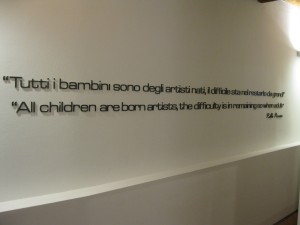
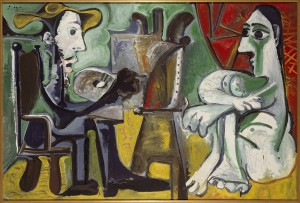
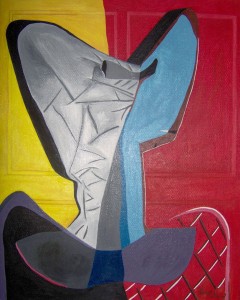
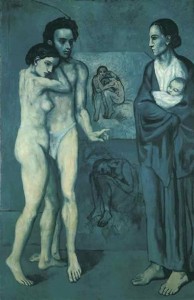
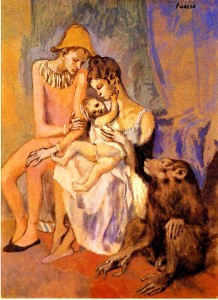
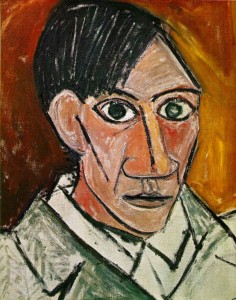
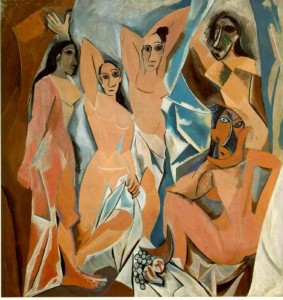
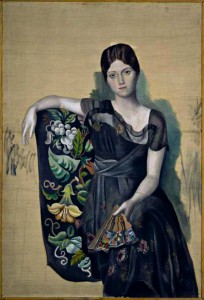
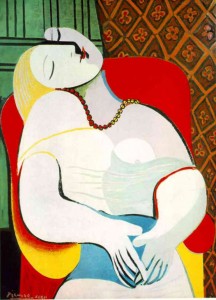
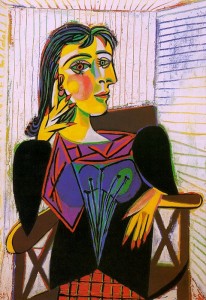
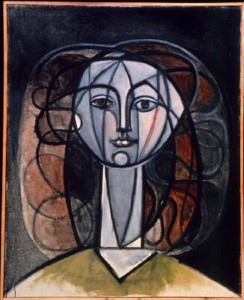
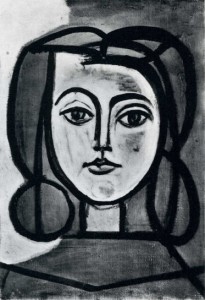
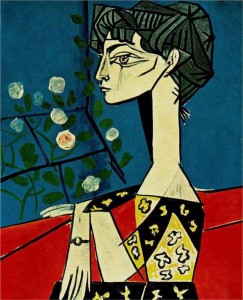
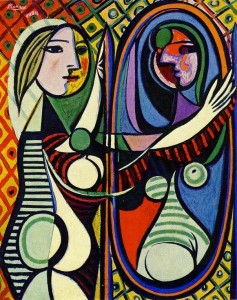
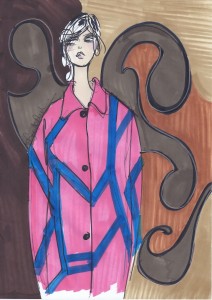
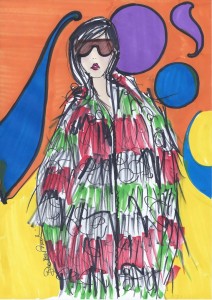
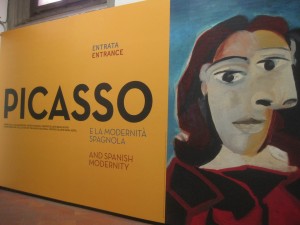
Aw, this was a very nice post. In thought I wish to put in writing like this moreover – taking time and precise effort to make an excellent article… however what can I say… I procrastinate alot and not at all seem to get something done.
Great website. Plenty of helpful information here. I am
sending it to several friends ans additionally sharing in delicious.
And of course, thanks for your effort!
Your style is really unique in comparison to other
folks I’ve read stuff from. I appreciate you for posting when you have the opportunity, Guess
I’ll just book mark this blog.